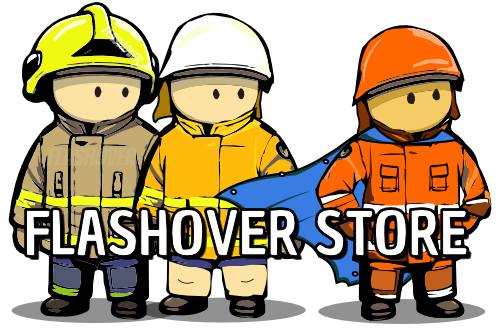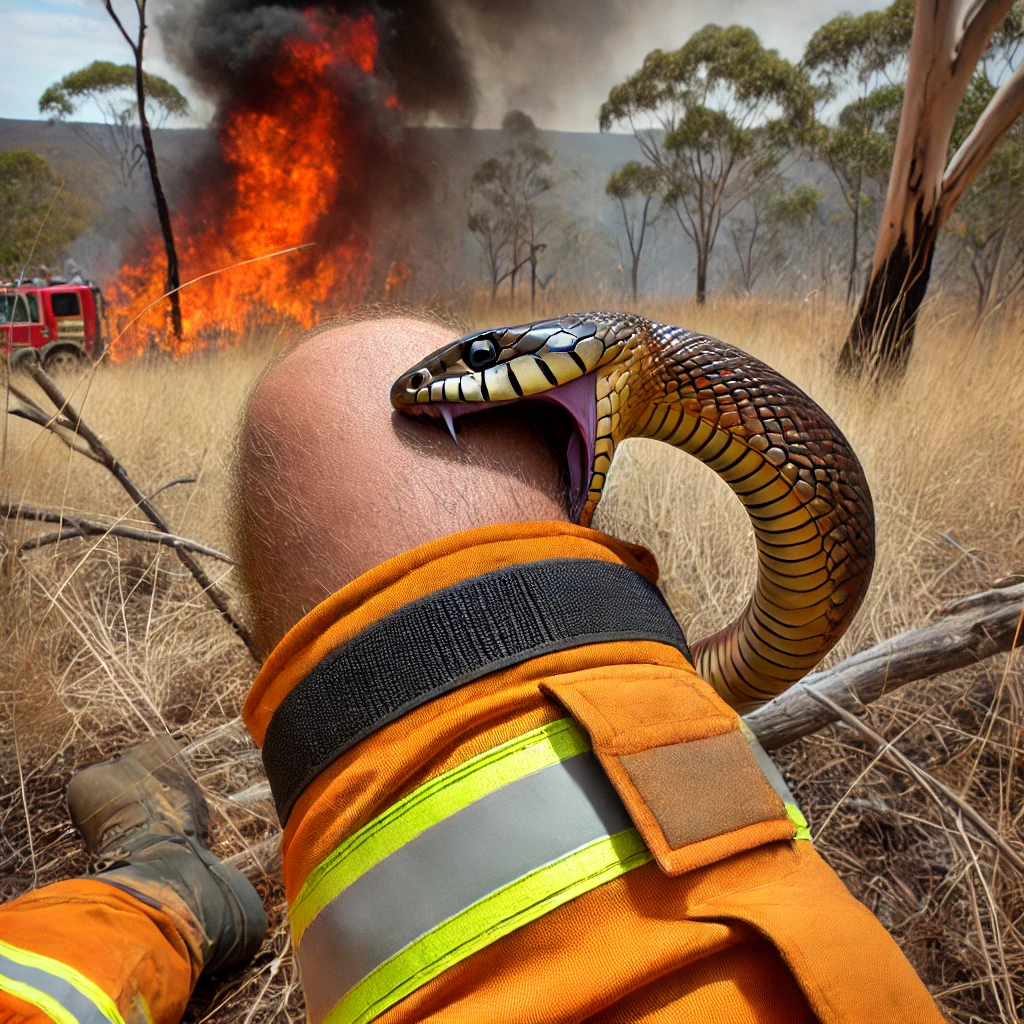| Scenario: Firefighter Bitten by a Snake. Category: Bush Fire, First Aid, and Grass Fire | ||
| This training scenario has been automatically assigned 2 random dynamic events to enhance the realism and unpredictability of the exercise. These events are designed to simulate real-life challenges. If you’d like to generate 2 new events, Refresh this page. | ||
| Introduction | ||
While working on the fireline, a firefighter is bitten by a snake hidden in the dry vegetation. The crew must immediately stop firefighting operations to treat the bite, apply first aid, and request urgent medical assistance. This scenario focuses on responding to snake bites in rural environments, ensuring quick and safe evacuation, and managing the firefighter’s condition. | ||
| Objective(s) | ||
To train firefighters in snake bite first aid, rapid evacuation, and coordination with emergency medical services in a rural fireground setting. | ||
| Learning Objectives | ||
Recognise the symptoms of a snake bite and immediately stop operations to assess the situation. | ||
| Dynamic Events | ||
Slip and Fall Resulting in Back Pain While navigating a wet unstable surface, a firefighter slips and falls, injuring their back. The team must assess the severity of the injury and safely remove the firefighter from the hazard zone. Additional team members may need to assist with lifting or carrying the injured firefighter, while ensuring the ongoing firefighting operations remain covered. Spot Fires from Ember Attack Strong winds carry embers across containment lines, igniting small spot fires in unburned grass several hundred metres ahead of the main fire front. These spot fires threaten to outflank the crew and complicate efforts to control the spread. | ||
| Debrief | ||
Conduct a review at the end of the scenario. Discuss “What went well” and “What could be improved”. Be constructive and supportive – it’s not about blame, it’s about building people up and improving their skills. | ||

If you like this content, you can show your support by grabbing something from our merch store.
For years, we’ve been creating fun, light-hearted firefighter-themed designs that resonate with those who appreciate the humour in what we do. Whether you’re after a sticker for your car, a shirt for the station, or even a mug for the kitchen, we’ve got something for you.

